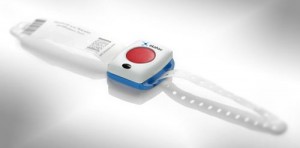
Electronic and electrical gadgets such as cell phones, radio clocks, digital radios, portable T.V. gadgets that use wireless technologies do transmit radio waves causing long-term effects to the users’ health.
Brain scientist based in Sydney, Dr. Charlie Teo warns users to be cautious about their mobile gadgets as they trigger to a predisposed cancer, although the jury has not yet made a decision regarding mobile phones and other forms of electromagnetic radiation, one should not take risks.
Dr. Charlie Teo urged the mobile users to set mobile phones on loud speakers, move the digital radio clock to the foot of the bed instead of anywhere near the head and wait for five beeps before opening a microwave to avoid a stream of radio waves directly affecting the brain.
A WHO report yet to be released regarding this issue, stated that “a significantly increased risk” of some brain tumors related to use of mobile phones for 10 years or more.





